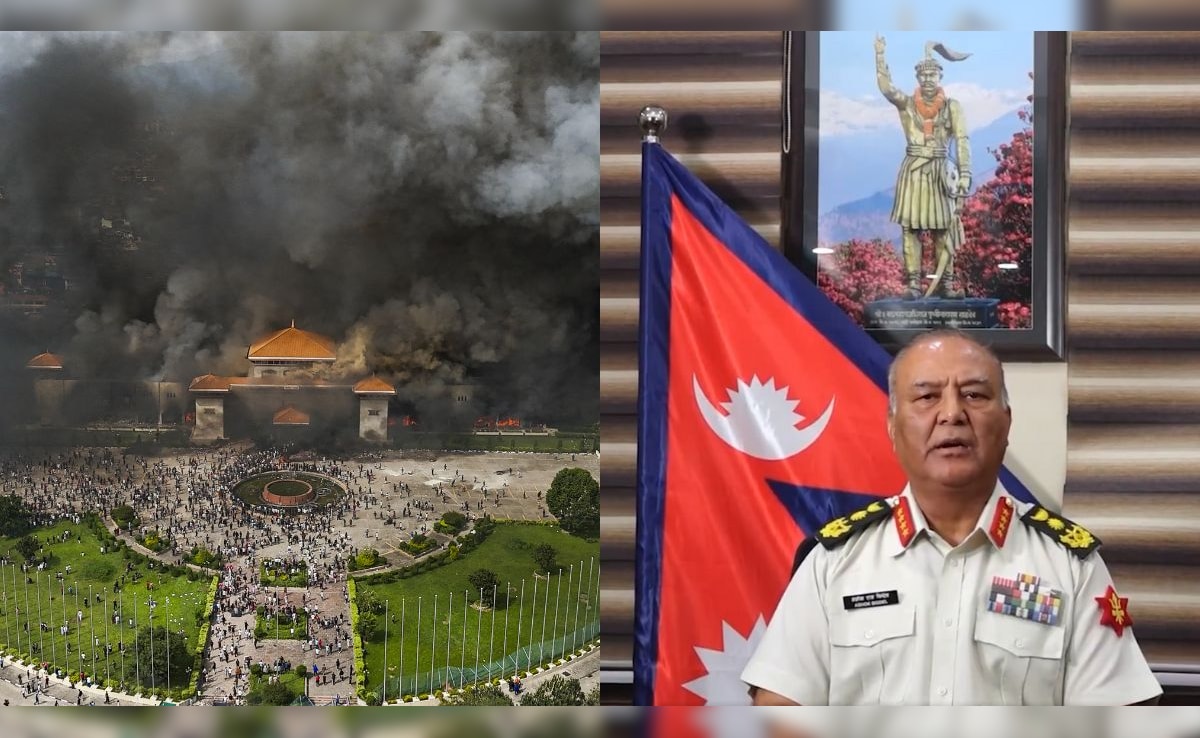So far, the earthquakes have either been small enough or far enough under La Palma to do no harm, other than adding to the anxiety of the island residents. The Tuesday earthquake was felt up to 60 miles (96 kilometers) away on three other segments of the Canary Islands, an archipelago off northwest Africa.
âThe scientific committee has been warning for more than a week that we could see earthquakes, given their recent depth of around 12 kilometers (7.4 miles) and their magnitude, that reach a magnitude of 6 (on the Richter scale),â MarÃa José Blanco, director of Spainâs National Geographic Institute on the Canary Islands, told Spanish national broadcaster RTVE.
Flows of molten rock from the Cumbre Vieja volcano itself have caused the evacuations of about 7,500 people and destroyed more than 2,000 buildings, mostly homes. The rivers of lava cover over 900 hectares (2,200 acres) of mostly farmland, while one major flow is extending the island into the Atlantic as it cools.
No deaths have resulted from the eruption. Other than in an area on the islandâs western side, life continues as normal for La Palmaâs 85,000 residents except for having to clean up volcanic ash.
The last eruption on the island, in 1971, lasted 24 days. Its longest, in 1949, lasted 47 days. The current activity is on day 39 and shows no signs of stopping.
âWe saw the worst-case scenario in the 1949 eruption, when a second volcano mouth opened up and cut off the southern part of the island, which had to be supplied by boat,â volcano scientist Vicente Soler said. âThat is highly improbable, although not impossible, today.â
____
Wilson reported from Barcelona.
.png)











 English (United States) ·
English (United States) ·  Turkish (Turkey) ·
Turkish (Turkey) ·